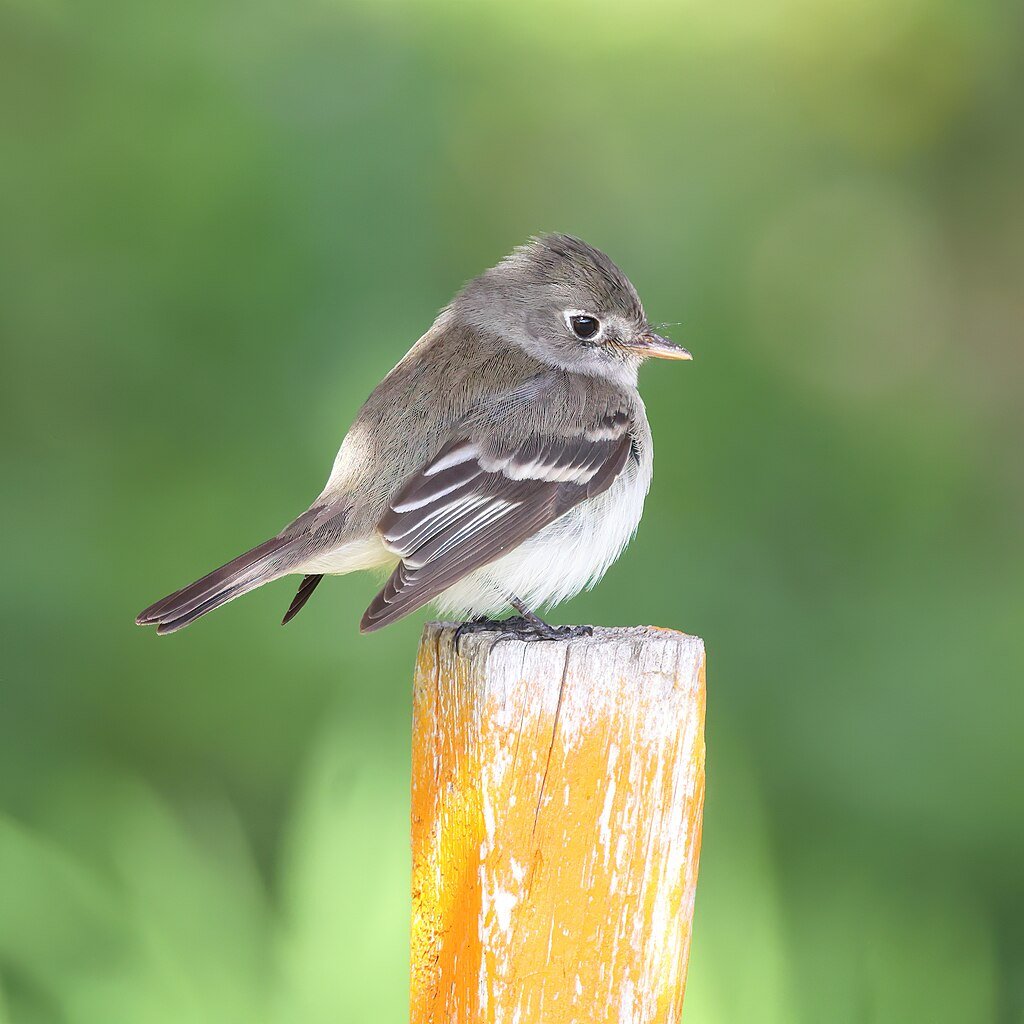The least flycatcher (Empidonax minimus), a small North American bird, is facing mounting challenges as climate change alters its migration patterns. Recent studies reveal that these birds are migrating earlier in the fall, a shift that could have profound implications for their survival and the ecosystems they inhabit.
The Shift in Migration Patterns

Over the past 32 years, the least flycatcher’s fall migration from Alberta to Central America has advanced by an average of 14 days. This change, driven by climate-induced shifts in temperature and resource availability, poses a risk to the species. Adult birds are migrating earlier than their young, with females leaving five days ahead of males. This asynchrony could disrupt breeding and feeding cycles, further endangering the population.
Population Decline and Ecosystem Role
The least flycatcher has experienced a 53% population decline over the last 50 years due to habitat loss, pesticide use, and now, climate change. As insectivores, these birds play an important role in controlling insect populations and serve as prey for predators like hawks and owls. Their decline could have cascading effects on the ecosystem.
Implications of Earlier Migration
Earlier migration could lead to mismatches between the birds and their resources. For instance, arriving at breeding grounds too early might expose them to adverse weather conditions, while arriving late could mean missing peak insect abundance. These mismatches threaten the growth and survival of nestlings, raising concerns about the species’ long-term viability.
Conservation Strategies

Efforts to mitigate these challenges include reducing carbon emissions to slow climate change and protecting boreal forest habitats. Conservationists emphasize the importance of monitoring migration patterns and implementing adaptive management strategies to support the least flycatcher and other affected species.
Conclusion

The earlier migration of the least flycatcher highlights the complex interplay between climate change and wildlife behavior. By addressing these challenges through conservation and climate action, we can help ensure the survival of this vital species and the ecosystems it supports.
Source:




